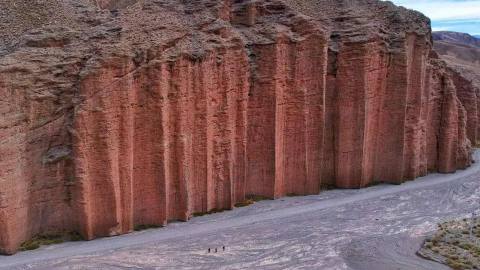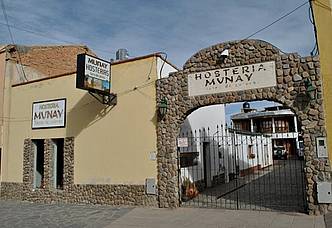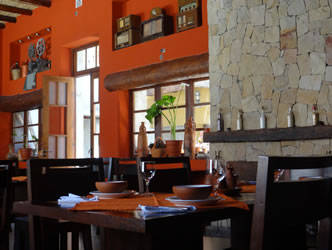Musojñian Ethnographic Museum
Located at 60, Sarmiento Avenue, in the heart of La Quiaca, the museum shelters important pieces of the local native cultures.
Touring around the Musojñian Ethnographic Museum is a journey to a world of deep knowledge of Pre-Columbian history and culture in the entire region.
The venue houses trees turned into rock carbon, bones undergoing a crystallization process, animal remains and, among the most surprising and shocking items, flesh petrified as a result of the harsh low temperatures that hit the area thousands of years ago. All of these items give testimony of the natural evolution of the region.
The Musojñian Ethnographic Museum is dependent on the Science, Research and Technology Anthropological Institute and contains a total of 140 vessels, 2,500 fossil bones and 2,500 lithic pieces.
It is incredible to imagine that millions of years ago, the entire altiplano area would make up a huge woodland teeming with trees and bushes. The petrified vegetable remains exposed in the museum represent an unavoidable proof of such fact.
Likewise, these latitudes were once dwelled by glyptodons, toxodons, metatherium and American dogs, all of them extremely rare and large mammals. The presence of each of these in the venue also gives evidence of their ancient existence.
Besides, important pottery and lithic pieces made by the native cultures that settled down in the Puna centuries ago are on display. The remains of over-30- thousand-year-old objects may be observed there.
On the other hand, the vessels from the formation period, carved and polished rocks provide an explanation for the passage from the Lithic to the Archaic Periods. Of course there are also pieces made by the chicha culture: a sacrifice dagger, an axe and knuckles (used as war weapons), a wind instrument known as zampoña, a pechera and a sun calendar, unique in Argentina.
Pablo Etchevers
Marcelo Sola































